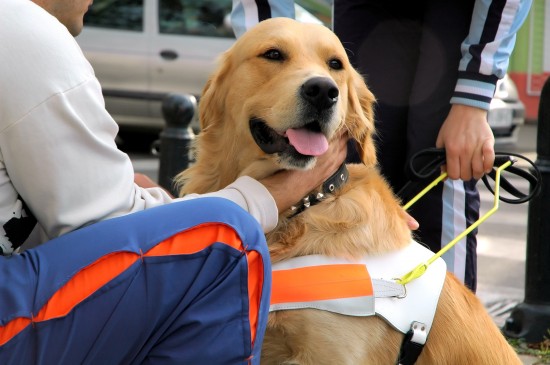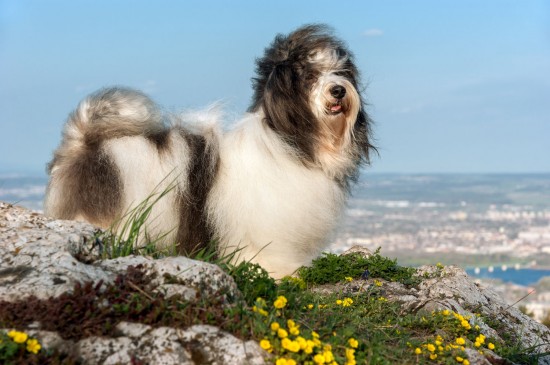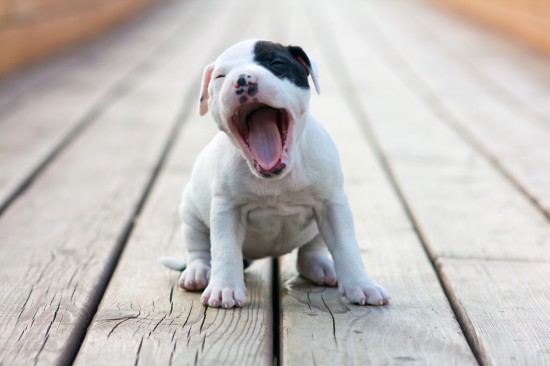
It is rare that you see the Indian Bosal in a tack room. It is of straightforward design, and is a relatively little known solution to all of the issues that bits can create. Like everything that actually works, the Bosal is of simple design: it comprises yacht rope or rawhide only rather like the rope halters used today. It is attachable to any kind of headstall, whether Western or English. Like the halter or rope and the no-bit bridle, an Indian Bosal functions thru pressure. Indian Bosal ropes criss cross underneath your horse’s jaw. The direct rein steers your pony, much like a snaffle bit or side-pull would.
Training efforts can benefit significantly from the Bosal. It can be used with horses of every age and all coaching levels. It is most efficient with horses that are good at responding to pressure. A pony with correct ground drilling with rope halters will respond best to the Bosal. The horse feels the rein pulling on the opposite side; for example, if you employ a right rein directly, the horse will be put under pressure on the left. The bosal can help in training in neck reining as horses feel pressure on the side they feel the reins. Your pony will learn how to give to the pressure.
The Indian Bosal can actually help to cure lots of the negativities that mechanical hackamores and what bits bring with them. These tools are extremely harmful to health; and lead straight to conditions like head shaking, chewing of bits and quite a lot more. Horses that are disinclined to take the bit will often throw and toss their heads. This kind of situation can be risky, Using Bosal clears up a large amount of these issues. Merely a side note: if you’ve got the feeling your horse has serious problems with his teeth, you must lose no time in summoning the veterinarian.
Indian bosals are perfect tools for horses that have a dislike to bits and bridles. You horse is going to find it exciting when you bridle him without putting a bit in. Clearly, a happier pony means a happier owner/rider. As the rope is thin and light, horses will cease to shake their heads as they endeavour to alleviate pressure. They will be much more respondent to their riders.
Not much of the history of the Bosal has been traced, though as the name suggests, it originated with Indigenous Americans. Bosal versions common nowadays are in all likelihood rather different in physical structure, though the working idea remains the same. Bosals were originally introduced to white cowboys by Native American cow punchers who braided bosals from rawhide. The bosal you get nowadays is mostly made of soft yacht rope, the same material used for making the great majority of rope halters.
This material generally is extremely light on horses, and has great durability. When tying your pony, you use the same approach as you would with a bit or a bridle: you don’t tie the horse to anything. If you try to do that you may probably land up breaking the tack, and also causing rope burn as well as other wounds to your horse’s face. When correctly used, the Indian Bosal is obviously the superior alternative option to bits.
Horses are
Heather Toms passion and she enjoys sharing her extensive knowledge through her
100s of articles with other horse lovers, like all things about country supply
 How Do Working Dogs Communicate With And Alert Their Handlers Of Things?
How Do Working Dogs Communicate With And Alert Their Handlers Of Things?
 Fun Outdoor Activities To Do With Your Dog
Fun Outdoor Activities To Do With Your Dog
 What To Do If You Have Bought A Sick Puppy
What To Do If You Have Bought A Sick Puppy
 Sticking To A Regular Routine To Help To Reduce Stress In Your Dog
Sticking To A Regular Routine To Help To Reduce Stress In Your Dog
 Sugar Gliders - What Are They And Do I Want One As A Pet?
Sugar Gliders - What Are They And Do I Want One As A Pet?
 Kidney Disease In Dogs
Kidney Disease In Dogs
 What To Expect From Your Puppy At 8 To 12 Weeks
What To Expect Fr
What To Expect From Your Puppy At 8 To 12 Weeks
What To Expect Fr
 Goat fence which has a range associated with flexibility and eyes
Goat fence which has a range associated with flexibility a
Goat fence which has a range associated with flexibility and eyes
Goat fence which has a range associated with flexibility a
 Stealing Snacks: Food Motivated Dog Aggression
Stealing Snacks: Food Motivated Dog Aggression
 What Drinks Can Dogs Have Apart From Water?
What Drinks Can D
What Drinks Can Dogs Have Apart From Water?
What Drinks Can D
 Are The Hiccups A Problem For Your Dog?
Are The Hiccups A
Are The Hiccups A Problem For Your Dog?
Are The Hiccups A
Copyright © 2005-2016 Pet Information All Rights Reserved
Contact us: www162date@outlook.com